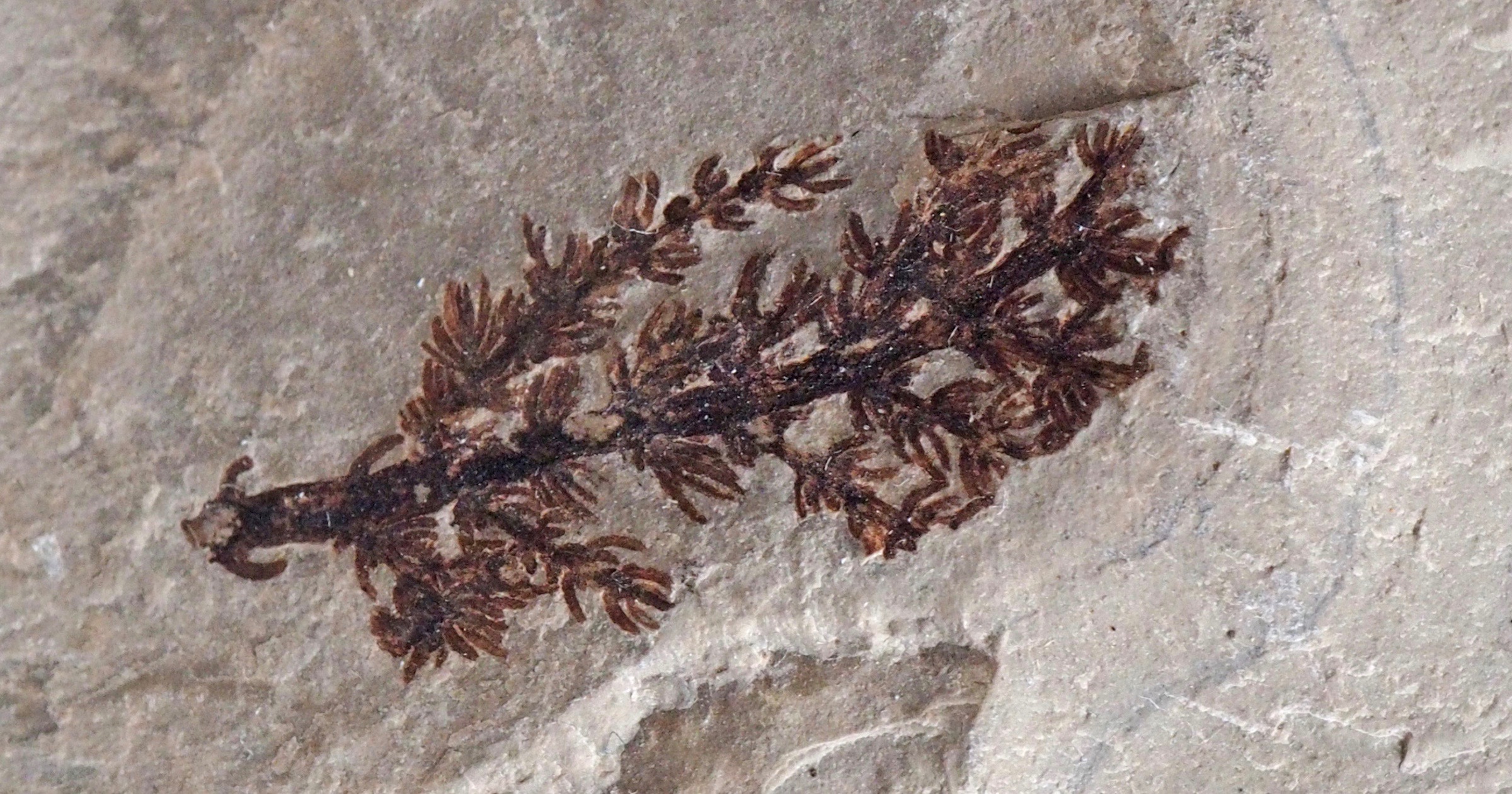 Evolution
Evolution
Darwin’s “Abominable Mystery” Is Not Alone: Gaps Everywhere!

I have been introducing the subject of a mystery that bothered Charles Darwin himself (see here). The abrupt origin of flowering plants is by no means an exception to the rule. Instead, it is representative of a general pattern in the history of life and the fossil record. In all groups of organisms, in all regions of the Earth, and over all periods of Earth history, new groups and new body plans appear abruptly in the fossil record, mostly without any potential precursors in the older layers (Bechly & Meyer 2017). Another famous example is of course the Cambrian explosion of animal phyla (animal body plans), as Darwin (1859) wrote:
There is another and allied difficulty, which is much graver. I allude to the manner in which numbers of species of the same group, suddenly appear in the lowest known fossiliferous rocks.
Still with Us
This problem is still with us, as is clearly and unequivocally admitted by many recent evolutionary biologists and paleontologists specializing in Cambrian fossils. Here are just two prominent examples:
The first is the Dutch ecologist Marten Scheffer, winner of the Spinosa Award and foreign associate of the U.S. National Academy of Sciences. In his 2009 Princeton University Press book, Critical Transitions in Nature and Society (pp. 169-170), he wrote:
The collapse of the Ediacaran fauna is followed by the spectacular radiation of novel life-forms known as the Cambrian explosion. All of the main body plans that we know now evolved in as little as about 10 million years. It might have been thought that this apparent explosion of diversity might be an artifact. For instance, it could be that earlier rocks were not as good for preserving fossils. However, very well preserved fossils do exist from earlier periods, and it is now generally accepted that the Cambrian explosion was real.
The second example is from one of the most recent books on the Cambrian explosion, by Nelson Cabej (2019), titled Epigenetic Mechanisms of the Cambrian Explosion and published by Academic Press. He said it even more clearly:
Nevertheless, now, 150 years after The Origin, when an incomparably larger stock of animal fossils has been collected, Darwin’s gap remains, the abrupt appearance of Cambrian fossils is a reality, and we are still wondering about the forces and mechanisms that drove it. Despite the fact that, from time to time, a small number of students have questioned the reality of the Cambrian explosion on the same ground as Darwin, today’s consensus is that Cambrian explosion is a scientific fact (Linnemann et al., 2019) … The Cambrian explosion is real and its consequences set in motion a sea-change in evolutionary history (Conway Morris, 2000; Nichols et al., 2006). … Despite the accumulation of an immense fossil record, the development of a relevant theoretical groundwork, and the numerous attempts to deal with the causal basis of the Cambrian explosion, just like in Darwin’s time, it continues to be one of the greatest enigmas of modern biology. …Many hypotheses have been presented on the causal basis of the Cambrian explosion. Today, we are still grappling with the question, but no closer to understanding the nature and causes of the Cambrian explosion. … The erection of the metazoan structure, as an improbable structure, requires an immense volume of information, compared to which the information contained in even the most complex genomes represents but a negligible fraction.
Darwin’s Doubt
This is exactly what Stephen C. Meyer (2013) said in his bestseller Darwin’s Doubt. Thus, you should not believe any pseudo-experts and slick anti-ID activists who try to tell you that the Cambrian explosion was not real or has been solved by modern science. But it is not just the “abominable mystery” and the Cambrian Explosion, because the same holds for the origin of life, the origin of photosynthesis, the origin of the Ediacaran biota in the Avalon Explosion, the Great Ordovician Biodiversification Event, the Siluro-Devonian Terrestrial Revolution of land plants and land animals, the Devonian Nekton Revolution and Odontode Explosion, the Carboniferous Explosion of winged insects, the Triassic explosions of tetrapods, marine reptiles, flying reptiles, and dinosaurs, the Cretaceous Terrestrial Revolution, the Paleogene origin of butterflies, the Big Bang of modern birds and placental mammals in the Paleogene (Lower Tertiary), and even the Big Bang of the genus Homo and its Upper Paleolithic Human Revolution of symbolic culture (Bechly & Meyer 2017). There is a reason why mainstream paleontologists and evolutionary biologists called these events Big Bangs, explosions, and revolutions. Nobody would call a slow gradual change or a mere methodological artifact a revolution or an explosion. There is clearly a pattern of discontinuities that requires an adequate explanation, and Darwinism is not it.
Of course, some critics will still claim that the argument from discontinuities in the fossil record is just an argument from ignorance. However, there are gaps and gaps, i.e., real gaps in nature and apparent gaps based on ignorance or bias (e.g., undersampling or taphonomic filters). Actually, we can distinguish these two types of gaps quite easily. With increasing knowledge of a field, the apparent gaps will tend to get smaller and smaller and eventually dissolve, while real gaps rather get corroborated and even enforced with growing knowledge. The latter is clearly the case for events like the Cambrian Explosion as well as for Darwin’s “abominable mystery.” Or did very recent studies solve the mystery?
Next, “Darwin’s ‘Abominable Mystery’: Jurassic Flowering Plants After All?”
